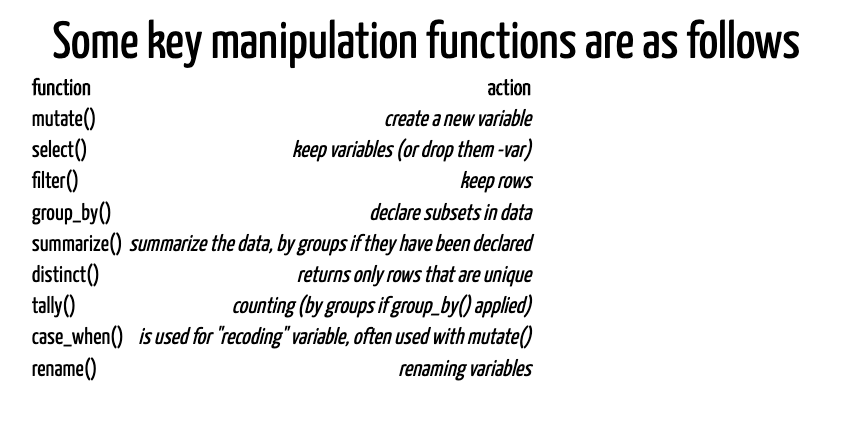The incremental code/result reveal provided by flipbooks may help you digest longer snippets of code including pipelines and ggplot builds. Since developing the code-parsing code that allows flipbooking (with Emi Tanaka and Garrick Aden-Buie), I’ve created many little books; they don’t seem like they each need their own github repository. Many smaller flipbooks live here together, while some larger ones have their own repositories. This webpage/github-readme acts as a directory for many of the flipbooks.
Would you like to make a flipbook? We try to make that easy for you with {flipbookr}. To get started have a look at A minimal Flipbook, the template for which will be available once you install the flipbooks package as follows:
devtools::install_github("EvaMaeRey/flipbookr")Interested in flipbooks origin story, and where the project is headed? Check out our about page.
If you need a theoretical exploration of the grammar of graphics and its use with ggplot2, see The ggplot2 grammar guide.
A suppliment to this guide shows you a lot of “geoms” that you can use to communicate about your data is The geom pile on. You’ll see the pile of different geoms to communicate about the same data, showing you how these plot types relate to one another.
For examples of data wrangling/manipulation with pipelines and pipes
(%>%), check out The Tidyverse in
Action.
For some life-changing, magical, and real-life examples on scanning data into R and cleaning data (aka tidying up), see the data cleaning flipbook.
And for variety of examples of plot builds using ggplot2, see the ggplot flipbook.
More favorites:











